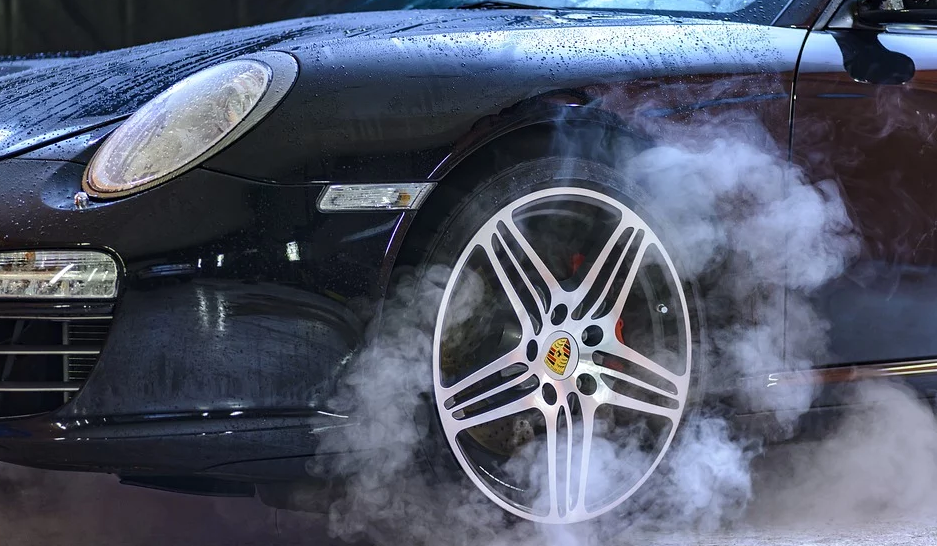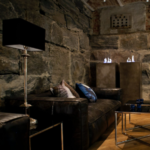Dry Ice Blast Cleaning is generally used to ensure that the stubborn contamination is removed in an environmentally friendly manner. Many different surfaces can finally be cleaned with the help of the so-called dry ice rays. Many different dirt can be removed, such as ivy on the front of the house or the chewing gum on the sidewalk. Even graffiti or, varnishes or weathering are no problem for Dry Ice Blasting. Different dirt on different surfaces is therefore no problem. It is important that all this works without damaging the surfaces. The process is therefore very popular in various areas.
What is Dry Ice Blast Cleaning used for?
The underbody of vehicles is often cleared of dirt and the interior can also be treated. The climbing plants can be removed from the house facades and the rays can also be used for the construction and wood wasteland. Dry ice is generally the solid state of carbon dioxide. The substance sublimates at approximately minus 78.5 degrees Celsius from the solid to the gaseous state. During the phase transition, the dry ice therefore jumps into the liquid state of the aggregate. Therefore is no liquid or solid blasting material left after dry ice blasting, see more at White Lion. For cleaning, pellet-form dry ice is possible, and this is the pressed carbon dioxide snow. In general, the process is part of the compressed air blasting process and at high pressure the dry ice is shot onto a surface that is to be cleaned. The particles get onto an object very quickly and thanks to the temperature difference, the layer is then cooled and brittle. Cracks are formed in the layer and the particles settle in it. With the carbon dioxide, the volume is then greatly increased and the layer to be removed is then detached.
Important information for Dry Ice Blasting
If the procedure is applied correctly, the surface will not be damaged. A removal of the material therefore does not take place. The facades can therefore be cleaned gently, for example, and the insulation is not damaged. The duration of the process depends on the degree of contamination and on the effort of cleaning work. The procedure can then take a few minutes or even days. The advantages of the procedure can outweigh the benefits. The surfaces are therefore gently cleaned, the application area is wide and there is no moisture or moisture during the process. It is also important that the process is not electrically conductive. Only the soft materials cannot be blasted with it. Objects do not have to be removed, jet material does not remain over, the process is environmentally friendly, it is a cheap compressed air blast process and it is gentle on humans.


